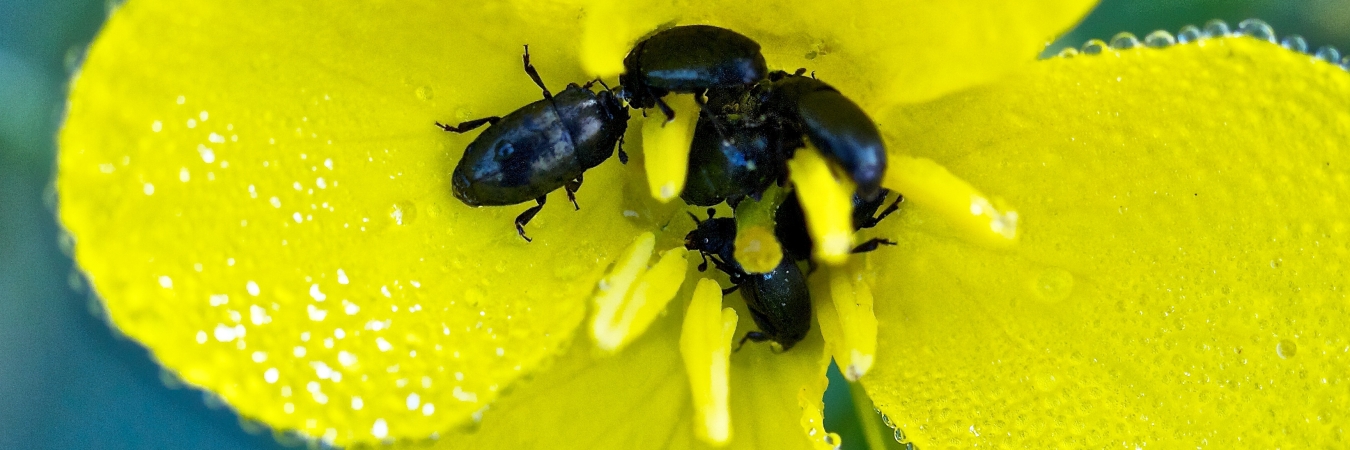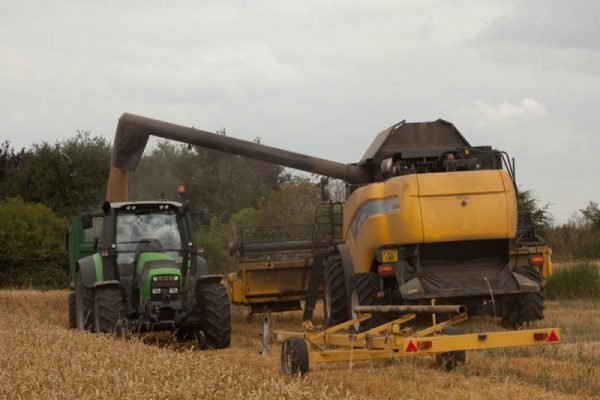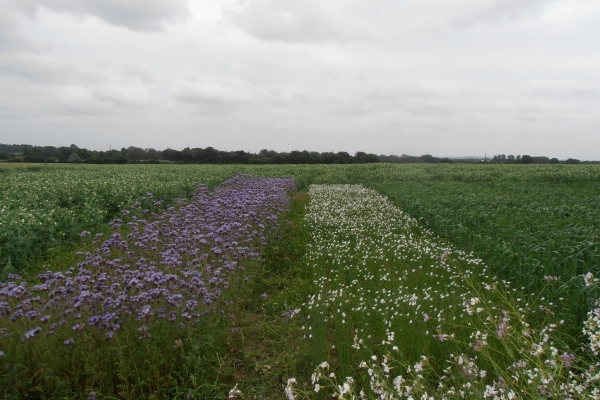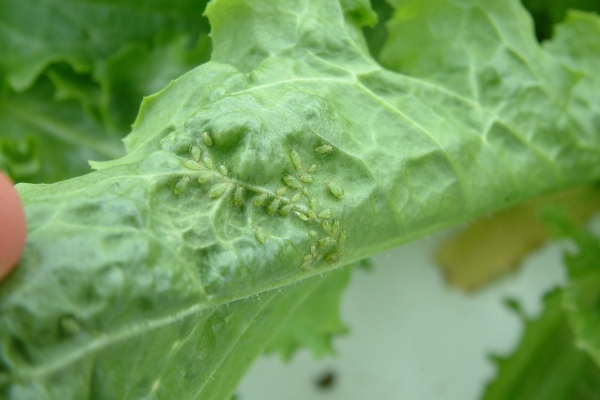Prospects for improved off-crop habitat management for pollen beetle control in oilseed rape
Arthropod-Plant Interactions
Resource explained
This paper highlights that there is an urgent need to develop integrated pest management (IPM) strategies for arable crops that are sustainable and cause minimum harm to the environment. Enhancing and manipulating naturally occurring populations of natural enemies of crop pests through habitat management for ‘conservation biological control’, as well as managing habitats to manipulate populations of the pests themselves, can potentially become major components of successful IPM strategies. The paper reviews studies that have contributed to current understanding of how crop margins and local and regional landscape can influence the abundance of pollen beetle (Brassicogethes aeneus) and damage to oilseed rape (OSR) crops, and the efficacy of their natural enemies. It also discusses how habitat management across these multiple scales may improve pollen beetle control, reducing the need for insecticide use and contributing towards sustainable production of oilseed rape.
Findings & recommendations
- There is some evidence suggesting that trap crops such as turnip rape and yellow, black and white mustard can improve biocontrol of pollen beetles in OSR. As well as being planted as borders/strips to the crop, the trap crops could form part of field margin mixtures.
- Habitat management within crop margins and local and regional landscapes has great potential for improving pollen beetle control and could reduce reliance on insecticides.
- Complex, woodland-rich landscapes promote high parasitism rates but are also often associated with high beetle infestation and damage levels.
- Although landscape or regional-scale schemes hold great potential for improving pollen beetle control, they must be underpinned by appropriate management at the within-field or crop margin scale.
- The positive effects of pest dilution through annually increasing OSR area may be offset by parasitoid dilution and lowered biological control. Measures to bolster natural pest control are therefore also required. These could include using reduced tillage techniques or leaving fallow strips post-OSR in order to reduce tillage-related parasitoid mortality.
- Establishing appropriate flower-rich field margin networks containing appropriate brassicas acting as banker or trap crop plants support parasitoid populations by providing nectar resources, encouraging parasitoid production, and aiding their dispersal through improving connectivity between current and previous year’s OSR crops.
Header image credit: Graham Rawlings CC BY-NC 2.0







